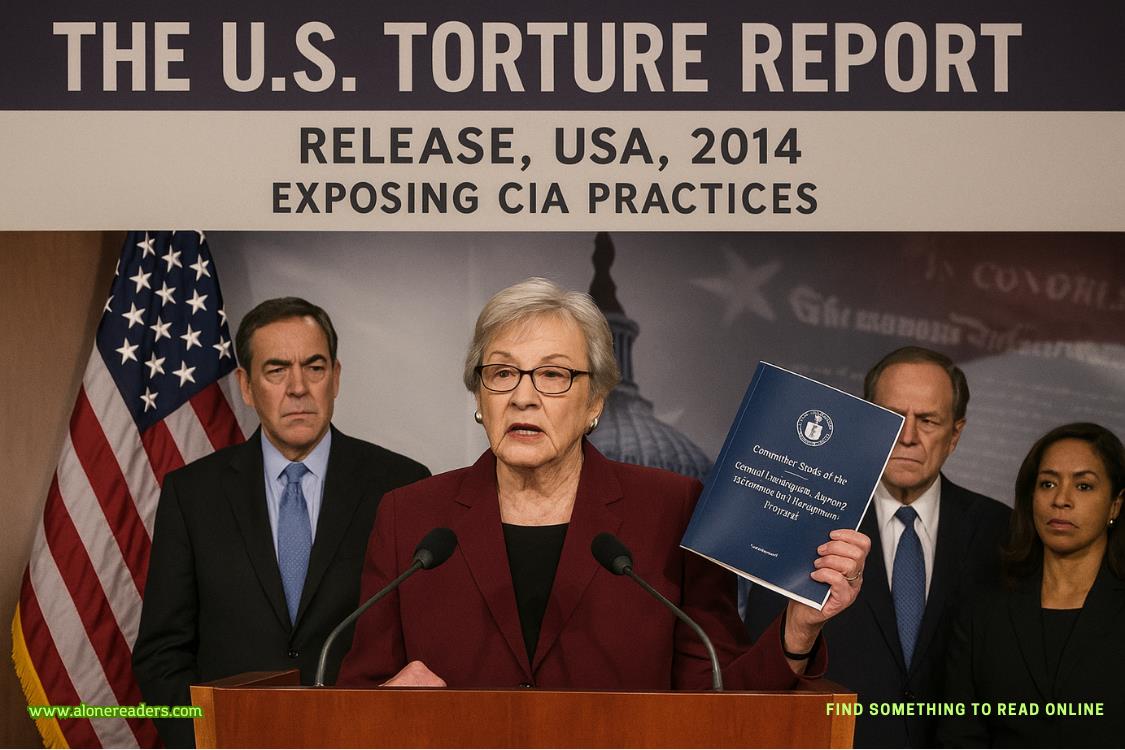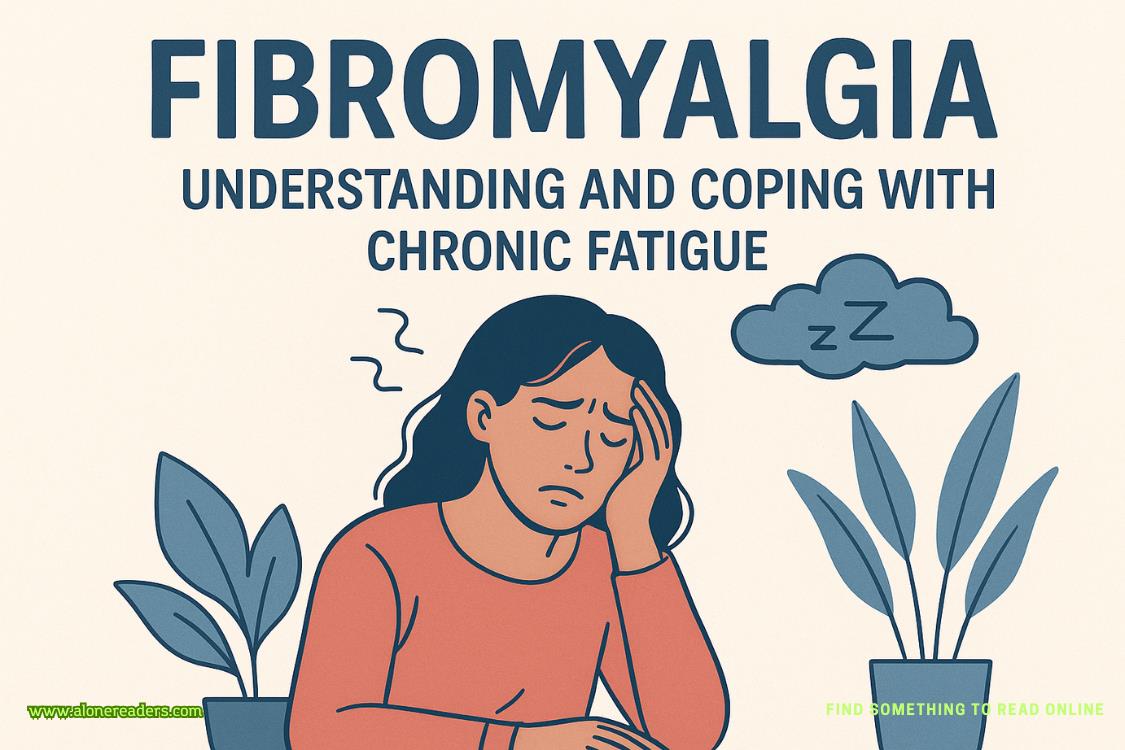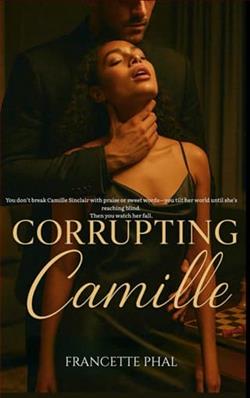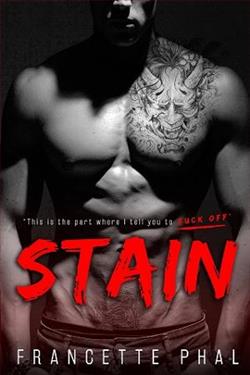Page 10 of Coram House
I reach for my coffee and then let my hand drop halfway there, afraid Stedsan will see how it’s shaking. I need to appear calm and professional, but it’s taking every ounce of strength.Let it go.I know an order when I hear one.
“Children can’t just disappear as if they never existed.”
“My point exactly,” Stedsan says. “If his records existed, they’re gone. Poof. For all we know, he ran away and changed his name. Look, I know this is horrible stuff, but I think you’ll find the general abuse was well documented.”
He looks at me, waiting for confirmation.
I think of the accounts I read. Children slapped with hands and with sticks. A child made to stand in the middle of the room with his arms outstretched for hours after dropping a cup of water. The sameness of the stories. I nod.
“The sexual abuse by Edmund Foster in particular,” Stedsan continues. “Children who had never met each other all gave very similar accounts of what happened after they were sent to his office. And they were almost always children between nine and twelve. Even the church couldn’t ignore it. He was quietly retired and then died a year after the settlement. But the other accounts”—he looks up, as if searching for a word on the ceiling—“the more outlying violence. Those were slippery. You can include them in the book, but it’s going to be more questions than answers. I mean, you’ve read the transcripts—half of them contradict each other.”
I lean forward. “Do you mean Karen Lafayette and Sarah Dale?”
Stedsan winces as if those names were sharp and I’d just stabbed him. “Sarah Dale. She was a tough one.”
“What do you mean?”
He sighs. “Her level of recall was impressive.”
“Did you believe her?”
“She was very persuasive. And she struck a sympathetic figure— the widowed mother with her boy.”
It’s a non-answer, a lawyer’s answer, but I let it be for now. “And what about Karen Lafayette?”
He shrugs. “She was angry. And I got the sense she was listing off every terrible thing that happened to her or others—real and imagined.”
I think of Karen Lafayette’s description of the girl going out the window.She sort of bounced when she hit the ground. It was such a strange detail. Had she really imagined it? Or is it possible Sarah Dale remembered events wrong, that the death certificate was a fake?
“The allegations against Father Foster were rock solid. Like I said, there was a record of the boy killed on the electric fence, the girl supposedly pushed out the window—but the boy who drowned?” He shrugs with a finality I don’t like. “It had happened twenty years before and, well, people at the time suggested Sarah Dale was unreliable.”
“Unreliable?”
“Prone to exaggeration. Unstable.”
“Well, that would be in their best interest if they wanted the case settled.”
“I don’t just mean the church. Other witnesses, people who were children at Coram House when Sarah Dale was there.”
My stomach sinks. “I see. Was there ever a police investigation into any of this?”
“No. Nothing official, anyways.”
“What about other people that could corroborate Sarah Dale’s version of that day?”
“The cook was dead by the eighties. And Sister Cecile—all the sisters—always maintained that the boy ran away.”
“What about the other children?”
He shrugs. “No one else saw anything.”
“No one?”
There’s always someone who saw something.
Stedsan’s nostrils flare. He holds out his fingers and starts ticking off points. “The day was particularly hot. Everyone was at the other end of the beach—where the trees in the graveyard give shade. You couldn’t see the cove from there. The sisters reported the boy missing at dinner. There was no record of Sarah Dale ever making an accusation at thetime. By the time she gave her deposition it had been twenty years. A body, any physical evidence, was long gone.”
He sits back in his chair, evidently done.















